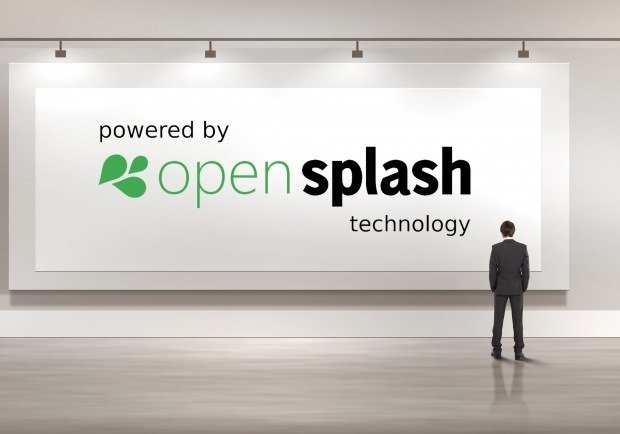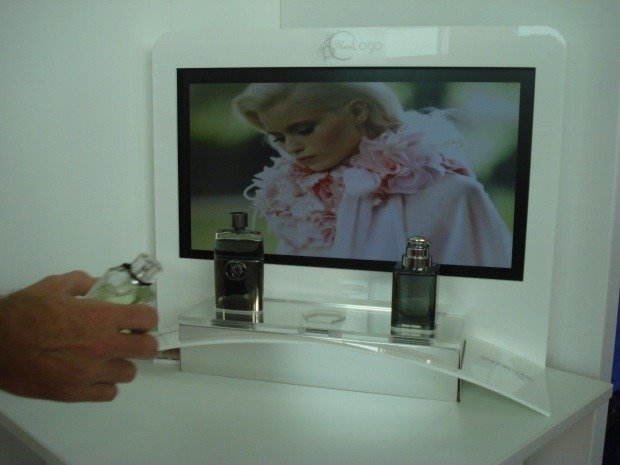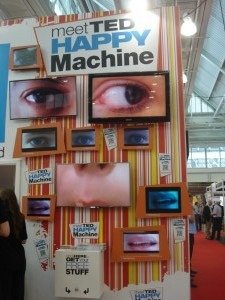Talking about the teaching wall will bring different images to different people, but the days of blackboard and chalk are over and the interaction between students and teachers today has to be multi-way and dynamic.
Having a focal point in the classroom is still important, all interviewees agreed; but there is no ‘one size fits all’ solution. The benefits for teachers and students are similar. Prices and settings vary.
The buzzwords in this market are: interactivity, collaboration and tablets. As Neil Hartigan, NEC Display Solutions’ channel director puts it: “Using collaborative tools, the teacher can empower students to take ownership of the teaching material, helping to stimulate and engage young minds.”
Follow this link to see the PDF: Writing on the wall Dec12












